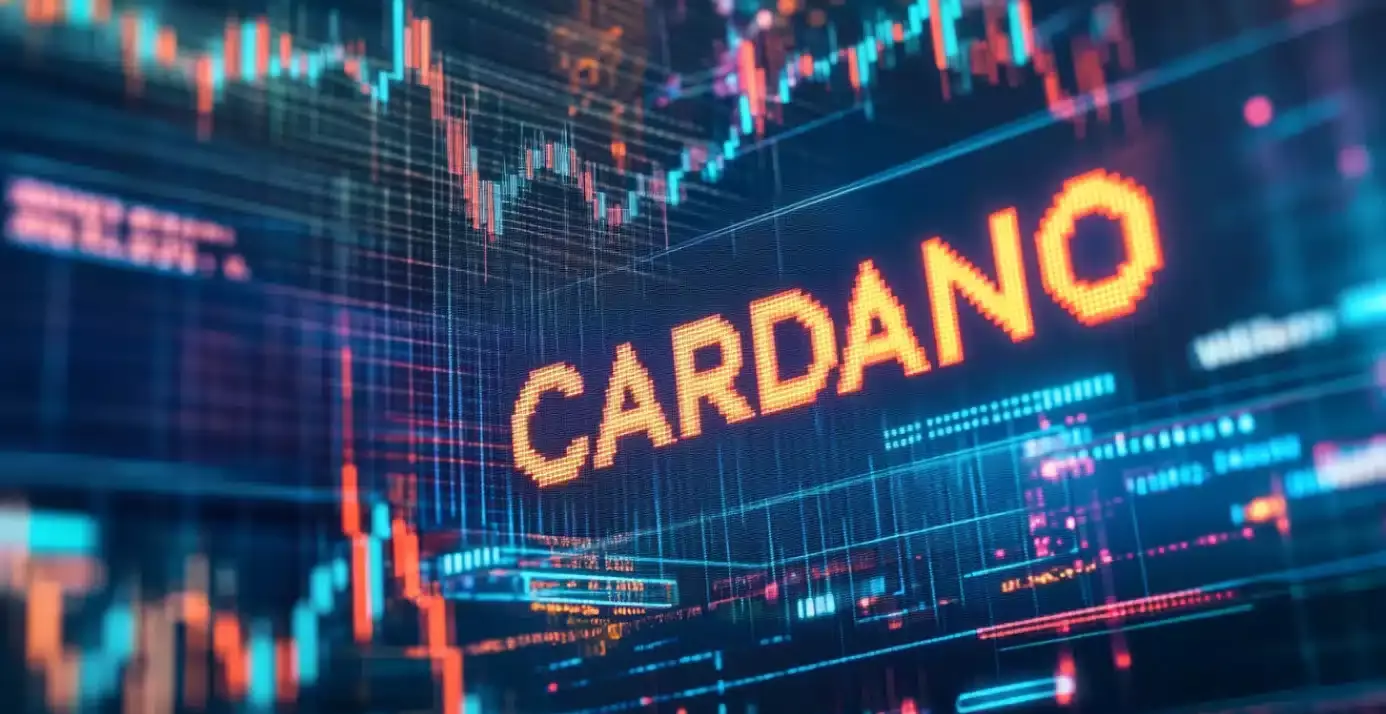Cardano (ADA) has found itself entrenched in a relentless bear market, shedding over 50% of its value since its summit in November. This decline to $0.615, notably on April 16, has alarmingly mirrored the downward trajectory experienced by its contemporaries like Avalanche (AVAX) and Solana (SOL). The sobering reality is that Cardano now sits an excruciatingly far cry from its historic high of $3.10, raising questions—can it rise again or is it destined to languish indefinitely?
The Development Drought
Two significant hurdles prevent Cardano from reclaiming its previous glory. First, while the crypto titan Bitcoin (BTC) has found a way to rally, attracting investor interest, many altcoins continue to languish. This ineffectiveness is particularly felt in Cardano, which continues to struggle to attract a vibrant developer community like that seen by rivals in the layer-1 and layer-2 blockchain arenas. Seriously, when your project is classified as a “ghost chain,” it’s clear that something is fundamentally awry. The figures speak volumes—a meager total value locked of just $300 million pales in comparison to the burgeoning networks like Binance, Aptos, and Sonic, which have shown the potential for growth that Cardano desperately needs.
The Silver Lining: A Ray of Hope
However, a glimmer of optimism appears in the horizon. Cardano’s integration with BitcoinOS, leveraging zero-knowledge cryptography, may just be the turning point needed to galvanize interest in ADA once more. By adopting this advanced technology, the integration aims to eliminate inefficacies usually associated with intermediaries, providing Bitcoin holders a path to generate income with enhanced security and privacy. Charles Hoskinson’s belief that this collaboration could funnel billions into Cardano’s ecosystems suggests that there is still potential for a resurgence, albeit cautiously optimistic given the current struggles.
Technical Indicators: A Mixed Bag
From a technical analysis perspective, Cardano’s price chart reveals troubling patterns, but not without some hope. Despite firmly being in a downtrend since its $1.323 peak in November, ADA has managed to find some stability at the 100-week Exponential Moving Average. This suggests that there are still bulls willing to defend this critical support level. Adding to this is the formation of a bullish falling wedge, which, while subtle in its implication, indicates that a rebound could be on the horizon.
So, is a 117% uptick to return to $1.323 achievable? Potentially. The bullish outlook formed by technical indicators, particularly the emerging Elliott Wave pattern, suggests that there may be room for such a rebound. Nonetheless, the prospect of a miraculous 400% surge in one year remains highly improbable. While the theory of the “perfect storm” in the crypto market might be appealing, flagrant optimism without grounding in reality can lead to disappointment—something that Cardano holders are all too familiar with.
In this precarious investing atmosphere, Cardano represents a speculative gamble rather than a solid investment—a sentiment worthy of contemplation for anyone considering entering or re-entering this market.

